Home>Garden Essentials>How Long Does It Take Sunflower Seeds To Grow
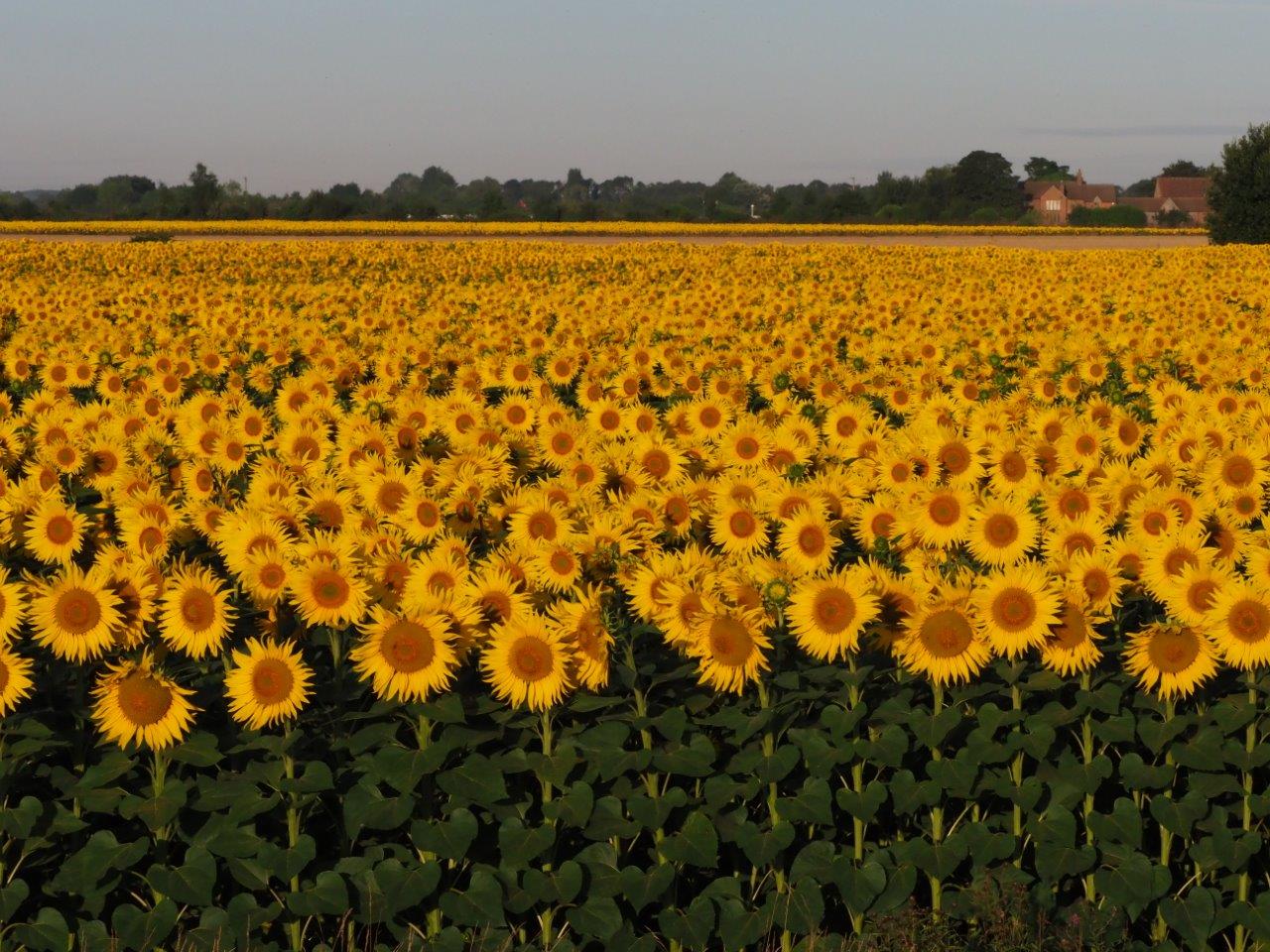

Garden Essentials
How Long Does It Take Sunflower Seeds To Grow
Modified: March 24, 2024
Discover how long it takes for sunflower seeds to grow in your garden with our expert gardening tips and advice. Start growing your own sunflowers today!
(Many of the links in this article redirect to a specific reviewed product. Your purchase of these products through affiliate links helps to generate commission for Storables.com, at no extra cost. Learn more)
Introduction
Welcome to the fascinating world of sunflowers! Sunflowers (Helianthus annuus) are glorious plants that bring beauty and cheer to any garden. They are known for their vibrant yellow petals, strikingly large flower heads, and their ability to turn and follow the sun throughout the day. However, sunflowers are not only visually appealing; they also have a rich history and offer a plethora of benefits.
In this article, we will explore the various stages of sunflower growth, from germination to maturation. We’ll discuss how long it takes for sunflower seeds to grow into flourishing plants, the factors that influence their growth, and the process of harvesting sunflower seeds at the right time.
But before we delve into the details, let’s take a moment to appreciate the remarkable journey of these captivating flowers. Sunflowers are native to North America and have been cultivated for centuries for their seeds, oil, and ornamental purposes. They have deep cultural significance and have been associated with happiness, fertility, and spiritual beliefs.
When it comes to gardening, growing sunflowers can be a rewarding experience. Whether you are a seasoned gardener or a novice, adding sunflowers to your landscape can transform it into a vibrant and lively space. So, let’s roll up our sleeves and dive into the fascinating world of sunflower growth!
Key Takeaways:
- Sunflower seeds take about 7-10 days to germinate and 60-90 days to flower. Proper care, sunlight, and watering are essential for healthy growth.
- Factors like sunlight, soil quality, and pest management influence sunflower seed growth. Understanding these factors is key to a successful harvest.
Germination Stage
The germination stage is the beginning of a sunflower’s life cycle. It all starts with a tiny sunflower seed. Whether you purchase seeds from a store or collect them from existing sunflowers, the germination process is the same.
To initiate germination, the sunflower seed requires moisture, warmth, and proper soil conditions. Start by selecting a sunny spot in your garden with moist, well-draining soil. The ideal temperature for germination is between 70-85°F (21-29°C). If you’re starting seeds indoors, you can use seed trays or individual pots filled with seed-starting mix.
Prepare the soil by removing any weeds or debris and loosening it with a gardening tool. Dig a small hole about 1-2 inches deep. Place one sunflower seed in the hole, spacing them at least 6-12 inches apart, depending on the variety. Cover the seed with soil and gently pat it down.
Water the area thoroughly but be careful not to overwater, as excessive moisture can lead to rotting. Keep the soil consistently moist until germination occurs, which usually takes about 7-10 days. During this time, it’s crucial to provide the environment with proper sunlight, warmth, and moisture.
Once the seed has germinated, a tiny seedling will emerge from the soil. It will start growing roots, stems, and leaves. This stage is often referred to as the sprouting stage. The seedling requires sufficient sunlight to develop properly. If you’re growing sunflowers indoors, make sure to place them near a sunny window or use artificial grow lights.
It is important to protect the young seedlings from pests, such as slugs or birds, that may feed on them. Consider using physical barriers or organic pest control methods to deter these unwanted visitors. As the seedlings grow, they will become more resilient to pests.
Remember to water the seedlings regularly, keeping the soil lightly moist. However, be cautious not to overwater, as it may cause root rot. As the seedlings develop, they will soon be ready to move on to the next stage of growth: the seedling stage.
Seedling Stage
As the sunflower seedling continues to grow, it enters the seedling stage. This is an exciting phase where the plant begins to establish itself and develop its true leaves. During this stage, the sunflower seedling requires proper care and attention to ensure its healthy growth.
At this point, you may notice that the sunflower seedling has a single set of seed leaves called cotyledons. These initial leaves provide nourishment to the young plant until the true leaves appear. True leaves are the characteristic heart-shaped leaves of sunflowers.
To provide optimal conditions for the seedling, make sure it receives ample sunlight. Sunflowers are sun-loving plants and require at least 6-8 hours of direct sunlight per day. If you are growing them indoors, continue to provide ample light through grow lights or by placing them near a sunny window.
Water the seedlings regularly, making sure the soil remains moist but not waterlogged. A good rule of thumb is to water deeply when the top inch of soil feels dry. Be careful not to overwater, as excessive moisture can lead to fungal diseases or root rot.
During this stage, it’s important to thin out your sunflowers if you initially planted them closely together. Thin them to a spacing of 12-24 inches (depending on the variety), allowing each seedling enough space to grow and develop its root system. Thinning will help prevent overcrowding and promote better air circulation, reducing the risk of diseases.
To encourage strong and healthy growth, you may consider incorporating organic fertilizers into the soil. Choose a balanced fertilizer with equal amounts of nitrogen, phosphorus, and potassium. Apply the fertilizer according to the package instructions, being careful not to over-fertilize, as this can lead to excessive vegetative growth at the expense of flower development.
As the seedlings continue to grow, they will gradually develop roots that penetrate deeper into the soil. This root development is crucial for providing stability and absorbing nutrients and water from the soil. It’s essential to avoid disturbing the roots as much as possible to prevent stunting the plant’s growth.
During this stage, keep an eye out for any signs of pests or diseases. Common pests that may affect sunflower seedlings include aphids, caterpillars, and snails. If you notice any signs of infestation, take immediate action using organic pest control methods or insecticidal soaps.
With proper care and attention, your sunflower seedlings will thrive and prepare themselves for the next stage of growth: the vegetative growth stage. Stay tuned to learn more about this exciting phase in the life of a sunflower!
Vegetative Growth Stage
The vegetative growth stage is a crucial period in the life of a sunflower. During this stage, the plant focuses on developing a strong foundation of leaves, stems, and roots to support future growth and flower production. As the name suggests, the primary goal of this stage is to promote vigorous vegetative growth.
One of the key factors for successful vegetative growth is providing the sunflower with adequate nutrients. Sunflowers are heavy feeders and benefit from regular feeding to support their rapid growth. Apply a balanced fertilizer every 4-6 weeks, following the package instructions. Remember to water the plant prior to fertilizing to prevent root burn.
Watering is crucial during the vegetative growth stage, especially during hot and dry periods. Sunflowers have deep root systems, and regular deep watering encourages the roots to grow deeper, making the plant more resilient to drought conditions. It’s best to water deeply and less frequently to promote a healthy root system.
Pruning is generally not necessary during this stage of growth. However, if your sunflowers show signs of excessive branching or overcrowding, you may choose to prune the lower leaves or side branches to redirect the plant’s energy towards vertical growth and flower production.
Keep an eye out for pests, such as aphids, caterpillars, or beetles, which can cause damage to the leaves and stems. Regularly inspect the plants and take immediate action if any pests are detected. Natural pest control methods, such as handpicking or using insecticidal soap, can be effective in managing common pests.
Sunflowers are phototropic, meaning they track the movement of the sun. During the vegetative growth stage, you may notice that the young plants will turn their faces to follow the sun’s rays throughout the day. This behavior is known as heliotropism and is a unique characteristic of sunflowers.
If you are growing your sunflowers in a garden bed, it’s a good idea to provide support in the form of stakes or cages. This will help prevent the tall sunflower stalks from drooping or breaking under the weight of their large flower heads. Ensure that the supports are firmly anchored in the ground to withstand strong winds.
Regularly monitor the overall health of your sunflowers during the vegetative growth stage. Look for signs of nutrient deficiencies, such as yellowing leaves or stunted growth, and address them promptly through soil amendments or fertilization.
As your sunflowers continue to grow and develop during the vegetative stage, they will soon prepare themselves for the much-anticipated flowering stage. Join us in the next section as we explore the mesmerizing process of sunflower flowering!
Flowering Stage
The flowering stage of a sunflower’s growth is perhaps the most anticipated and visually stunning phase. It is during this stage that the sunflower produces its iconic large and vibrant flower heads. The flowering stage is a significant milestone in the sunflower’s life cycle and marks the culmination of its growth and development.
Flowering in sunflowers typically occurs around 60 to 90 days after planting, depending on the variety. The sunflower plant transitions from focusing on vegetative growth to allocating energy towards flower production. As the plant matures, it forms multiple flower buds along the branches or at the top of the main stem.
During the flowering stage, sunflowers require ample sunlight to promote the development of vibrant and healthy flowers. They thrive in full sun, so make sure your sunflower plants receive at least 6-8 hours of direct sunlight each day. Sunflowers that are grown in partial shade may still flower, but the blooms may be smaller and less vibrant.
Watering remains an essential aspect of caring for sunflowers during the flowering stage. The soil should be kept evenly moist, but be cautious not to overwater, as this can lead to root rot or fungal diseases. Water deeply, ensuring that the moisture reaches the plant’s deep root system.
As the flower buds start to develop and swell, it’s important to provide support to ensure the stability of the plant. Sunflowers, especially the taller varieties, can be prone to bending or breaking under the weight of their flower heads. Utilize stakes or cages to help support the stalks and prevent them from toppling over.
Throughout the flowering stage, you can witness the impressive growth of the sunflower’s flower heads. They begin as tightly closed buds and gradually unfurl to reveal a beautiful combination of vibrant yellow or golden petals surrounding a dark center known as the disc florets. Bees and butterflies are often attracted to these vibrant flowers, making them a delightful addition to any garden.
Sunflowers are known for their heliotropic nature, which means they track the movement of the sun. During the flowering stage, you’ll observe the flower heads facing eastward to follow the sun throughout the day. This behavior helps maximize exposure to sunlight and aids in the pollination process.
As the flowers begin to fade and petals start to wilt, the seed development process commences. The center disk florets transform into hundreds of tiny seeds packed tightly together. These seeds are an excellent source of nutrition for birds and small animals.
It’s important to resist the temptation to prematurely harvest the sunflower seeds during the flowering stage. Allow the flowers to fully mature and the back of the flower heads to turn brown or yellow before proceeding to the next stage: maturation.
The flowering stage of sunflowers is truly a sight to behold. Beautiful and majestic, these flowers capture the essence of summertime and bring joy to any garden. As the flowers reach the end of their blooming period, the sunflower plant transitions into the maturation stage, where the seeds ripen and prepare for harvest.
Sunflower seeds typically take 80-120 days to grow from planting to maturity. Plant them in well-drained soil, with plenty of sunlight and water. Keep an eye out for pests and diseases, and provide support for the tall stems as they grow.
Maturation Stage
The maturation stage is a crucial phase in the life cycle of a sunflower. During this stage, the focus shifts from flower production to the development and maturation of the seeds. Sunflower seeds contain all the genetic information necessary for new plants to grow, ensuring the continuation of the species.
As the flowers fade and the petals wilt during the maturation stage, the center disk florets transform into small individual seeds. These seeds are encased within the sunflower’s recognizable seed head, which consists of rows of tightly-packed seeds arranged in a spiral pattern.
The maturation process can take anywhere from 30 to 45 days after the flowers have finished blooming, depending on the variety of sunflower. During this period, the sunflower’s seed head undergoes a fascinating transformation. The vibrant yellow petals begin to wither, and the disc florets in the center turn brown or yellow.
A tell-tale sign that the seeds are maturing is when the back of the sunflower’s seed head turns from green to yellow or brown. This indicates that the seeds are drying out and nearing their full maturity. At this point, the sunflower seed head acts as a natural protective shield for the seeds, preventing them from being eaten by birds or other animals.
As the sunflower seeds continue to mature and dry, it’s important to monitor them regularly to ensure they reach their optimal harvesting stage. The seeds should feel firm and dry to the touch, with no signs of green or moist spots. Additionally, observe the seeds’ color, which should be a rich, dark brown or black, depending on the variety.
Harvesting the sunflower seeds at the right time is crucial to ensure their viability and flavor. If you harvest the seeds too early, they may not have fully developed or may not be mature enough to produce new plants. Harvesting too late may result in the seeds being overly dry and difficult to extract.
To harvest sunflower seeds, you can cut the seed heads from the stalks using a sharp pair of scissors or pruning shears. Leave about 12-18 inches of stem attached to the seed head to provide a handle for drying and further processing.
Once you have harvested the sunflower seed heads, it’s time to dry them further to ensure the seeds are fully mature and properly preserved. Hang the seed heads upside down in a well-ventilated area, such as a garage or shed, away from direct sunlight. Allow them to dry for 2-3 weeks or until the seeds easily detach from the seed head when rubbed.
When the seeds are fully dry, gently rub them against a coarse surface to release the seeds from the head. Separate the seeds from any remaining chaff or debris using a sieve or your fingers. Store the dried sunflower seeds in an airtight container in a cool, dry place until you’re ready to use them.
The maturation stage marks the end of the sunflower’s life cycle and the beginning of a new generation of sunflowers. The seeds harvested from mature sunflowers not only hold the potential for future plants but also serve as a nutritious snack or a versatile ingredient in cooking and baking.
By understanding the maturation process and properly harvesting and storing sunflower seeds, you can continue to enjoy the beauty and bounty that these remarkable flowers offer.
Harvesting Sunflower Seeds
Harvesting sunflower seeds is a rewarding experience that allows you to enjoy the fruits of your labor and utilize the seeds for various purposes. Knowing the right time to harvest and the proper techniques for extracting and storing the seeds will ensure their viability and quality. Here is a step-by-step guide to help you harvest sunflower seeds successfully:
1. Timing: Determine the optimal time to harvest the sunflower seeds. The seeds should be fully mature, which is indicated by the back of the seed head turning yellow or brown, and the petals drying out and falling off.
2. Harvesting: Use a sharp pair of scissors or pruning shears to cut the seed heads from the stalks. Leave about 12-18 inches of stem attached to the seed head, providing a handle for drying and further processing.
3. Drying: Hang the seed heads upside down in a dry, well-ventilated area, such as a garage or shed. Make sure they are protected from direct sunlight and any potential moisture. Allow the seed heads to dry for approximately 2-3 weeks, or until the seeds easily detach from the head when gently rubbed.
4. Removing Seeds: Once the seed heads are dry, gently rub the seeds against a coarse surface, such as a screen or sieve, to release them from the head. Alternatively, you can rub the seed heads between your hands over a bucket to dislodge the seeds. Separate the seeds from any remaining chaff or debris by using a sieve or your fingers.
5. Cleaning: To further ensure the quality of your harvested sunflower seeds, you can perform a simple cleaning process. Place the seeds in a bowl of water and stir them around. The viable seeds will sink to the bottom, while any remaining chaff or debris will float to the top. Skim off the floating debris and drain the clean seeds.
6. Storing: Once the sunflower seeds are fully dry and free from debris, store them in an airtight container, such as a glass jar or plastic bag, in a cool and dry place. It’s essential to protect the seeds from moisture and pests to maintain their viability and prevent spoilage. Consider adding a desiccant packet or a few grains of rice to absorb any moisture.
Harvested sunflower seeds can be used in a variety of ways. They can be enjoyed as a nutritious snack on their own, roasted with a sprinkle of salt, or added to granola, salads, baked goods, and more. You can also save a portion of the seeds for planting in the following year’s garden.
Remember, the harvesting process can vary depending on the specific variety of sunflower and local growing conditions. It’s beneficial to observe your sunflowers closely and adjust the timing of the harvest based on the visual cues mentioned above. With proper harvesting and storage techniques, you can savor the flavors of your sunflower harvest for months to come.
Factors Affecting Sunflower Seed Growth
Growing healthy and robust sunflower seeds relies on a combination of various factors. Understanding and optimizing these factors will significantly influence the growth and development of sunflower seeds. Here are some key factors that can affect sunflower seed growth:
1. Sunlight: Sunflowers thrive in full sun, requiring at least 6-8 hours of direct sunlight per day. Adequate sunlight is essential for photosynthesis, the process by which plants convert light energy into food. Insufficient sunlight can lead to stunted growth or limited flower production.
2. Soil Quality: Sunflowers prefer well-draining soil that is rich in organic matter. The soil should be loose and fertile, allowing roots to penetrate deeply and access nutrients. Before planting, amend the soil with compost or well-rotted manure to improve drainage and provide essential nutrients for healthy seed growth.
3. Watering: Proper watering is crucial for sunflower seed growth. While sunflowers are relatively drought-tolerant, they still require consistent and adequate moisture, especially during hot and dry periods. Water deeply, ensuring that the root zone is thoroughly soaked, but avoid overwatering, as excessive moisture can lead to root rot.
4. Temperature: Sunflowers are warm-season plants that thrive in temperatures between 70-85°F (21-29°C). Cooler temperatures can slow down growth or delay flowering, while extreme heat can stress the plants. Selecting the appropriate varieties for your local climate can help optimize sunflower seed growth.
5. Nutrients: Sunflowers benefit from a balanced supply of essential nutrients. Incorporate a slow-release fertilizer into the soil prior to planting or use organic amendments to provide a steady source of nutrients throughout the growing season. Sunflowers require nitrogen for leaf and stem growth, phosphorus for root development, and potassium for overall plant health.
6. Spacing: Adequate spacing between sunflower plants is crucial for optimal growth. Planting them too closely together can result in crowded and competition for resources. Follow the recommended spacing guidelines for the specific variety you are growing to ensure sufficient air circulation, sunlight penetration, and root expansion.
7. Pests and Diseases: Various pests and diseases can impact sunflower seed growth. Common pests include aphids, caterpillars, and slugs. Regularly monitor your plants for signs of pest infestation and take appropriate measures to control them using organic methods. Additionally, diseases like downy mildew or powdery mildew can affect the plant’s overall health, so maintain good garden hygiene and monitor for any signs of disease.
8. Genetics: The genetics of a sunflower variety can influence its growth and seed production. Different sunflower varieties have specific characteristics and growth habits. Choose varieties that are well-suited to your climate and desired purpose, whether it’s for ornamental purposes, oil production, or seed harvest.
By optimizing these factors, you can create favorable conditions for sunflower seed growth and maximize your harvest. Paying attention to sunlight, soil quality, watering, temperature, nutrients, spacing, pest and disease management, and selecting the appropriate variety will help ensure robust and healthy sunflower seed development.
With proper care and attention, you can enjoy the beauty of sunflower blooms and the abundance of nutritious seeds that they produce.
Conclusion
Growing and harvesting sunflower seeds is a rewarding process that allows you to witness the beauty of nature and reap the benefits of these magnificent flowers. Sunflowers, with their vibrant petals and iconic seed heads, capture our attention and fill our gardens with joy and warmth.
Throughout their life cycle, sunflowers go through various stages of growth, from germination to maturation. Each stage is filled with its own unique processes and requirements. Understanding these stages and the factors that influence sunflower seed growth is key to achieving a successful and bountiful harvest.
From selecting a sunny spot and preparing the soil for germination to providing optimal care during the seedling stage and promoting vegetative growth, every step plays a vital role in the development of healthy sunflower seeds. Watering, fertilizing, and ensuring proper sunlight are essential factors to consider while nurturing your sunflowers.
The excitement reaches its peak during the flowering stage, as the sunflower showcases its magnificent blooms. Witnessing the transformation from bud to fully opened flower is awe-inspiring. The flowering stage not only brings beauty to your garden but also attracts pollinators, providing an essential service to your ecosystem.
The maturation stage is where the sunflower completes its life cycle, focusing on the development and drying of the seeds. Careful observation and timing are crucial to harvesting fully mature seeds, which can then be used for a variety of purposes. Whether you enjoy the seeds as a wholesome snack or use them in culinary creations, their versatility is undeniable.
Several factors influence the growth and development of sunflower seeds, including sunlight, soil quality, watering, temperature, nutrients, spacing, and pest management. Paying attention to these factors will optimize the growth of your sunflowers and ensure a successful harvest.
Throughout this journey, remember to embrace the beauty and joy that sunflowers bring. Their cheerful presence in your garden can uplift your mood and create a welcoming environment for both humans and wildlife.
So, as you embark on your sunflower-growing adventure, take the time to appreciate the remarkable journey from seed to full bloom. Enjoy the process, savor the moments, and revel in the satisfaction of nurturing and harvesting your very own sunflower seeds.
Let the sunflower’s vibrant spirit inspire you to cultivate beauty, share joy, and enjoy the bountiful rewards of nature’s wonders.
Frequently Asked Questions about How Long Does It Take Sunflower Seeds To Grow
Was this page helpful?
At Storables.com, we guarantee accurate and reliable information. Our content, validated by Expert Board Contributors, is crafted following stringent Editorial Policies. We're committed to providing you with well-researched, expert-backed insights for all your informational needs.
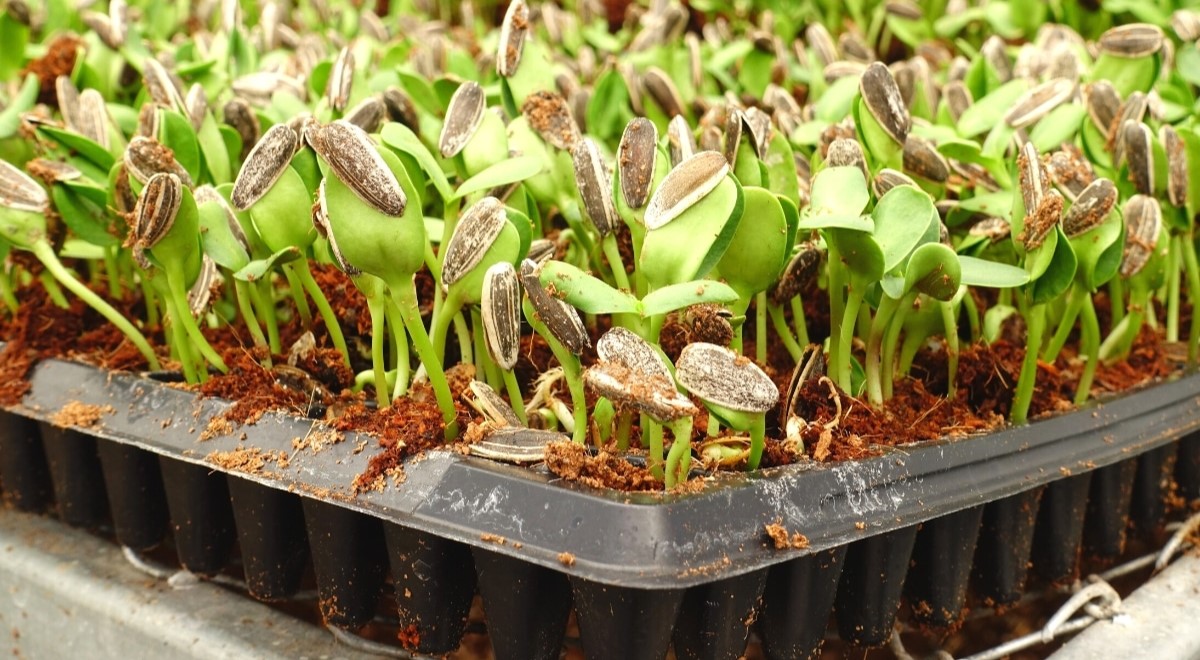
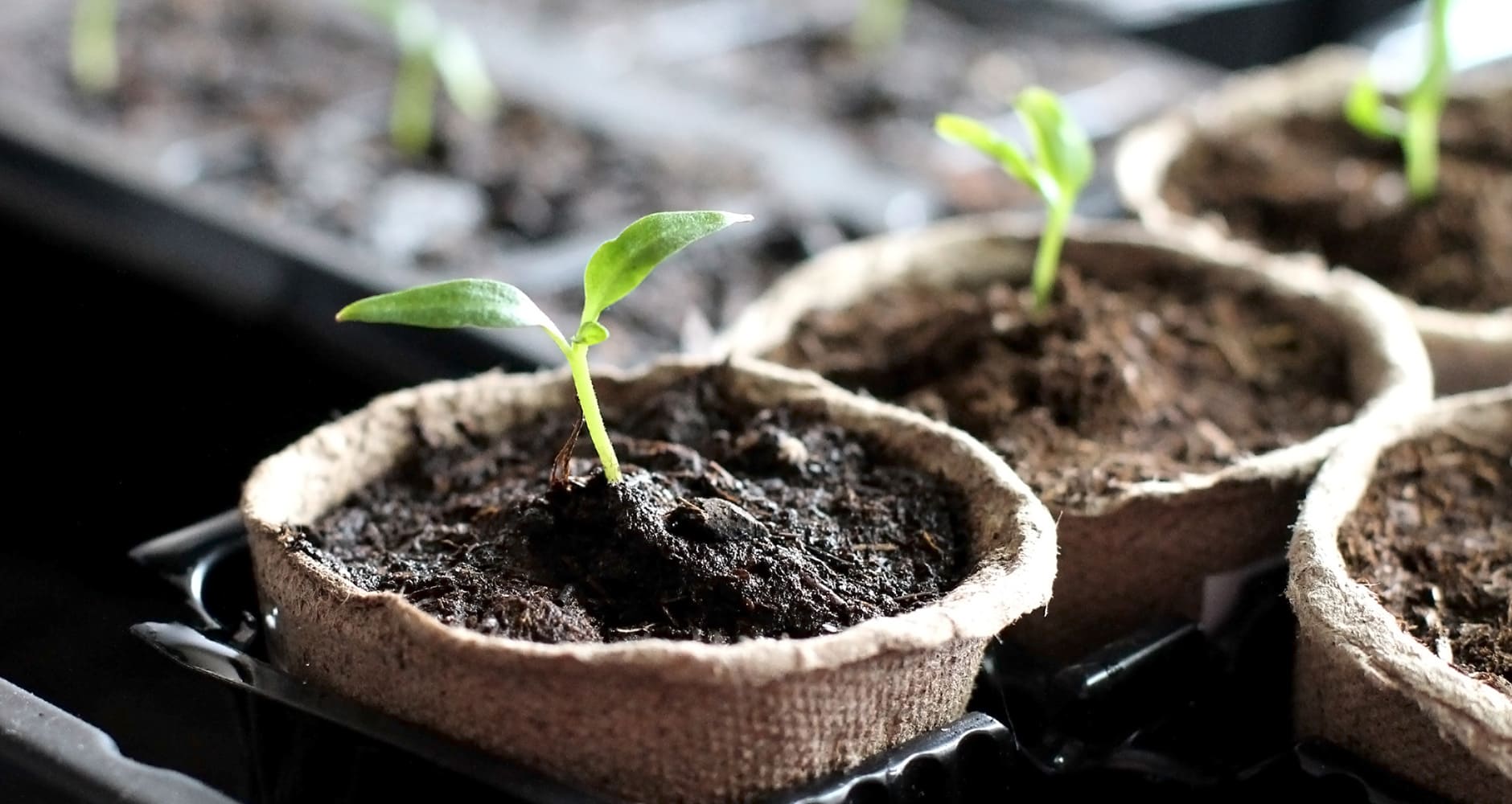
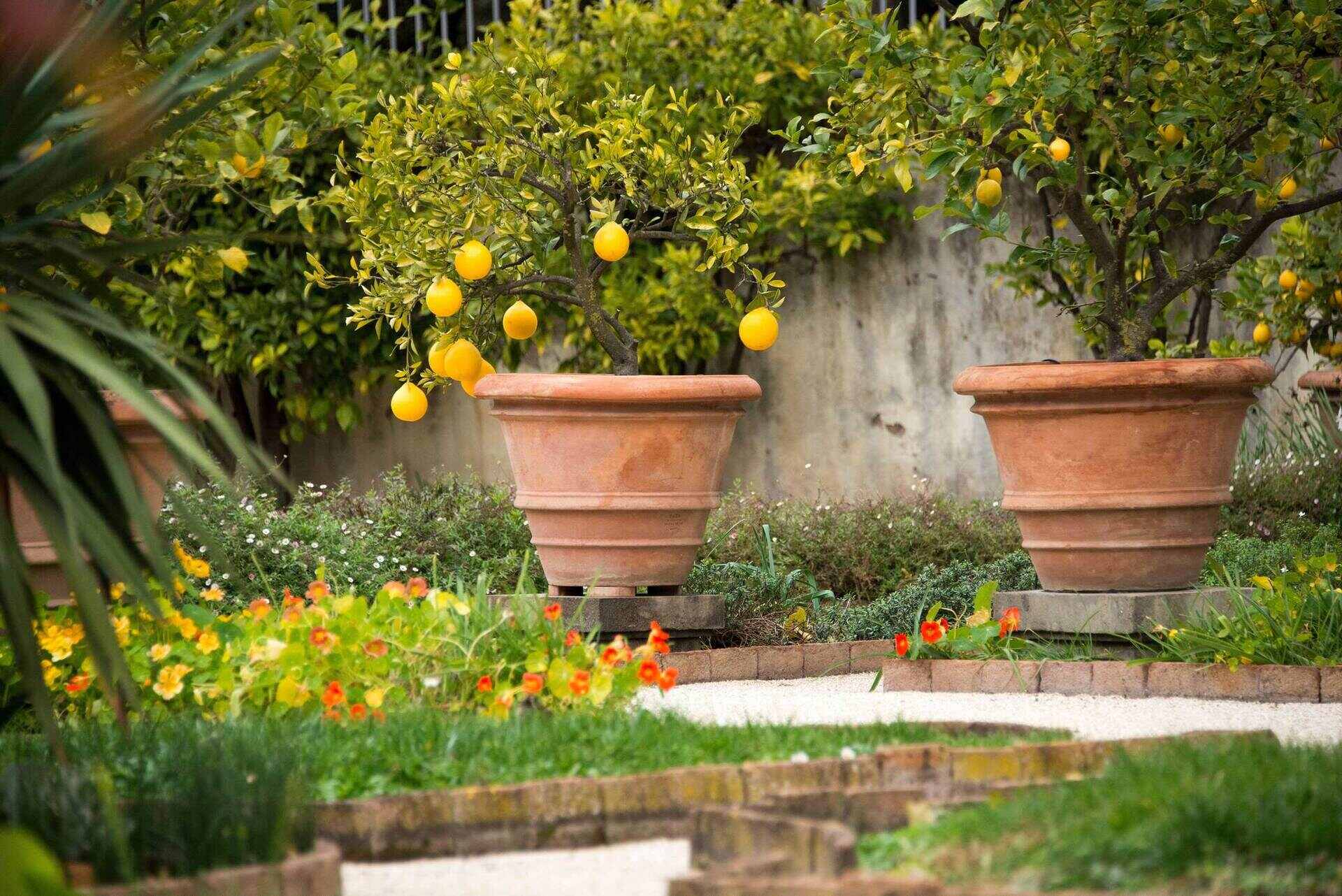
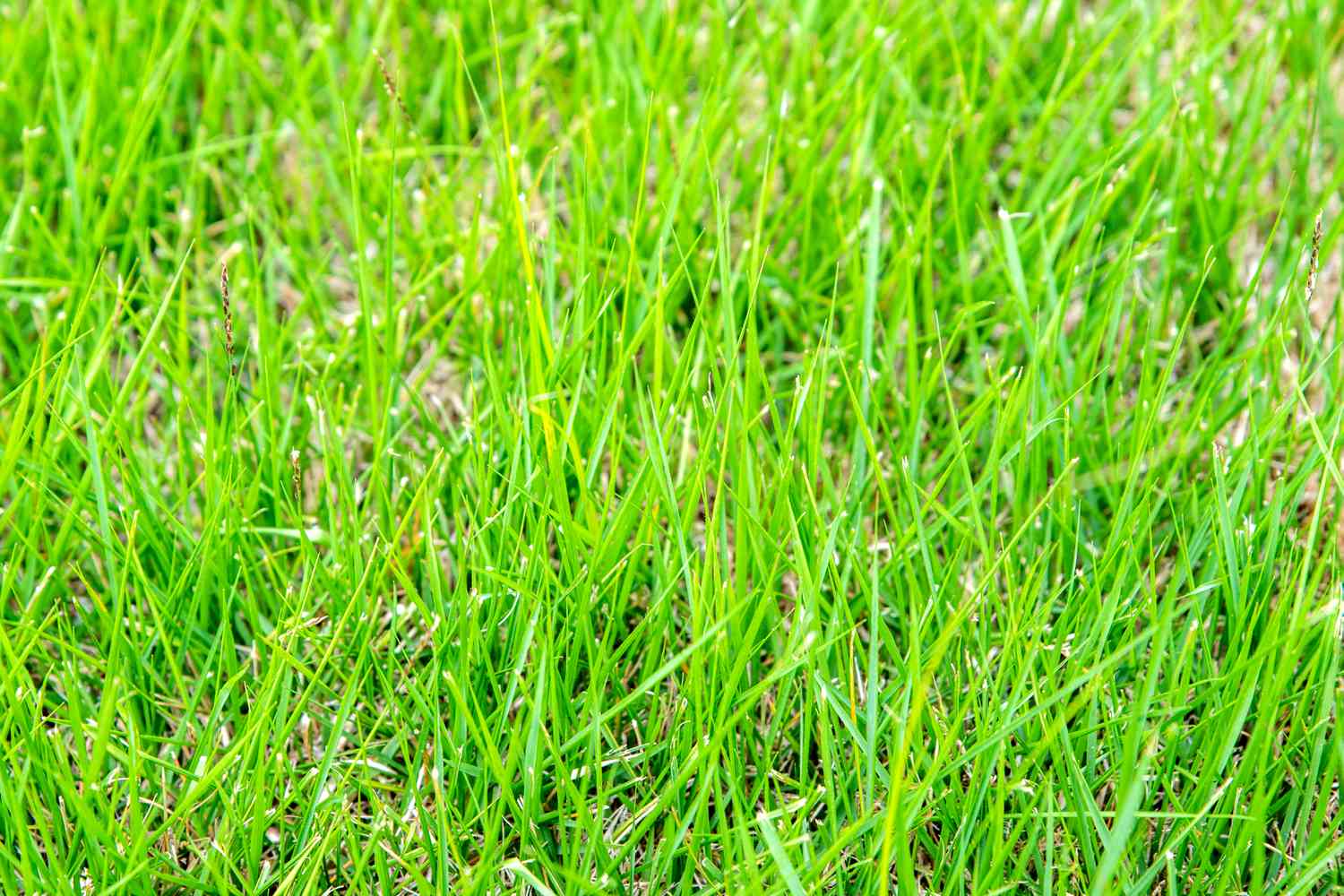
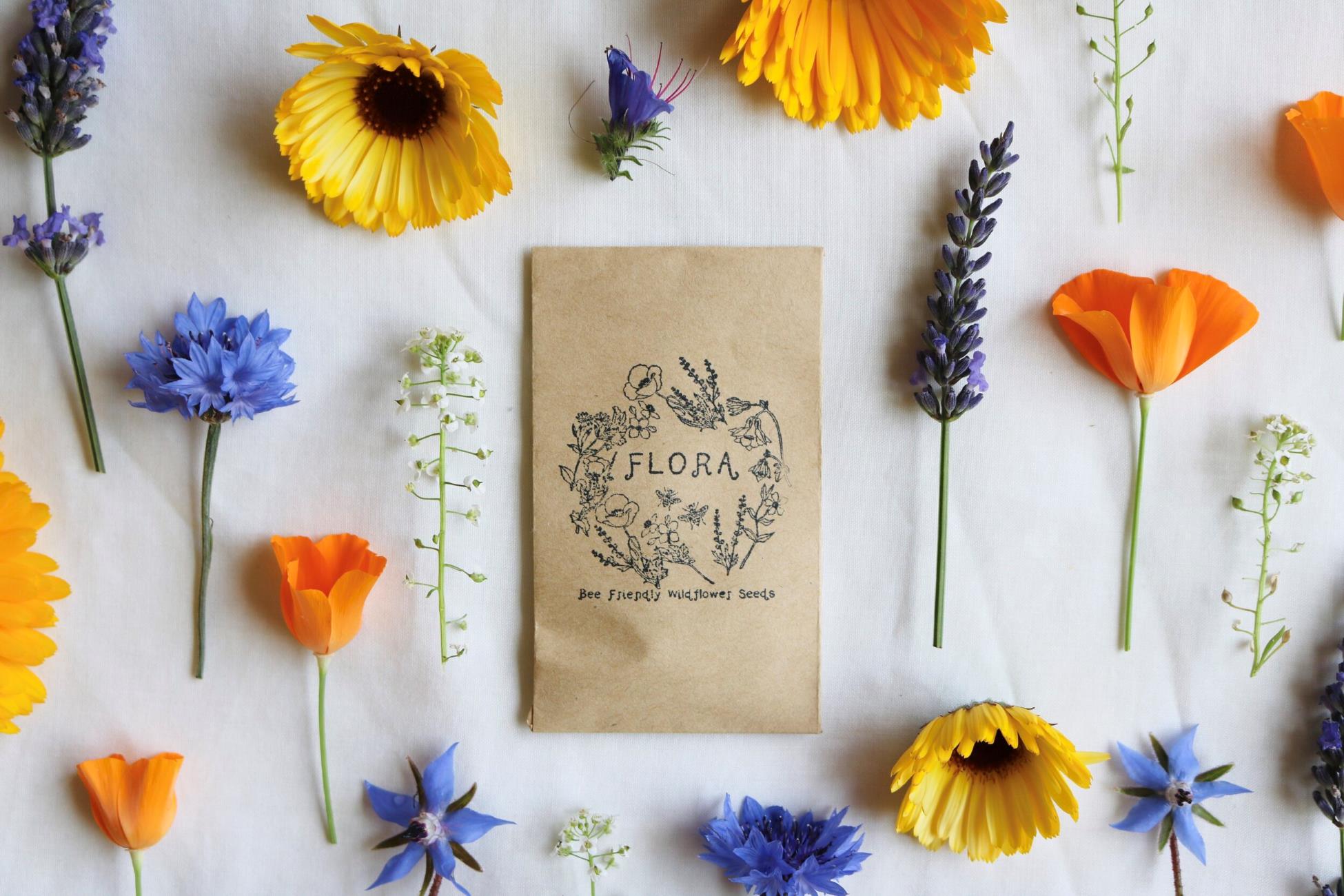
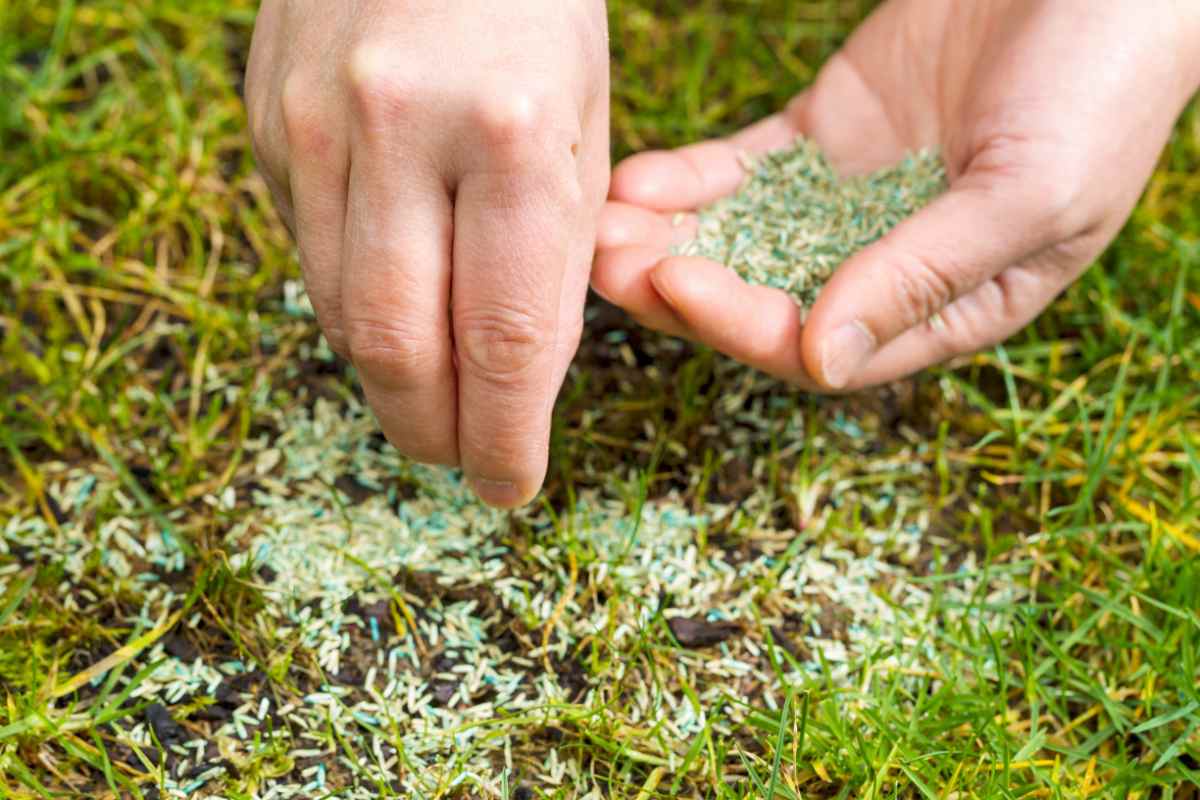
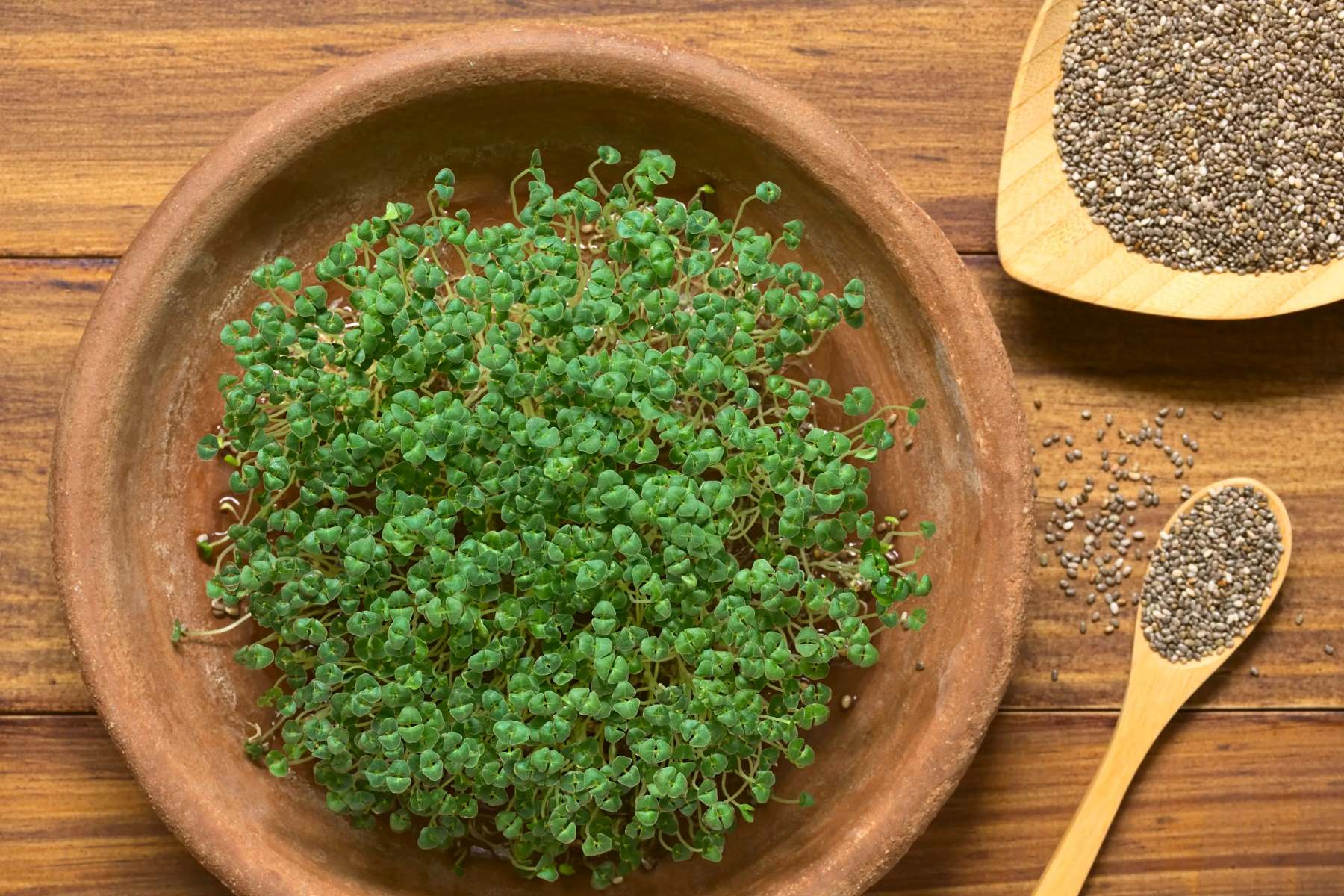
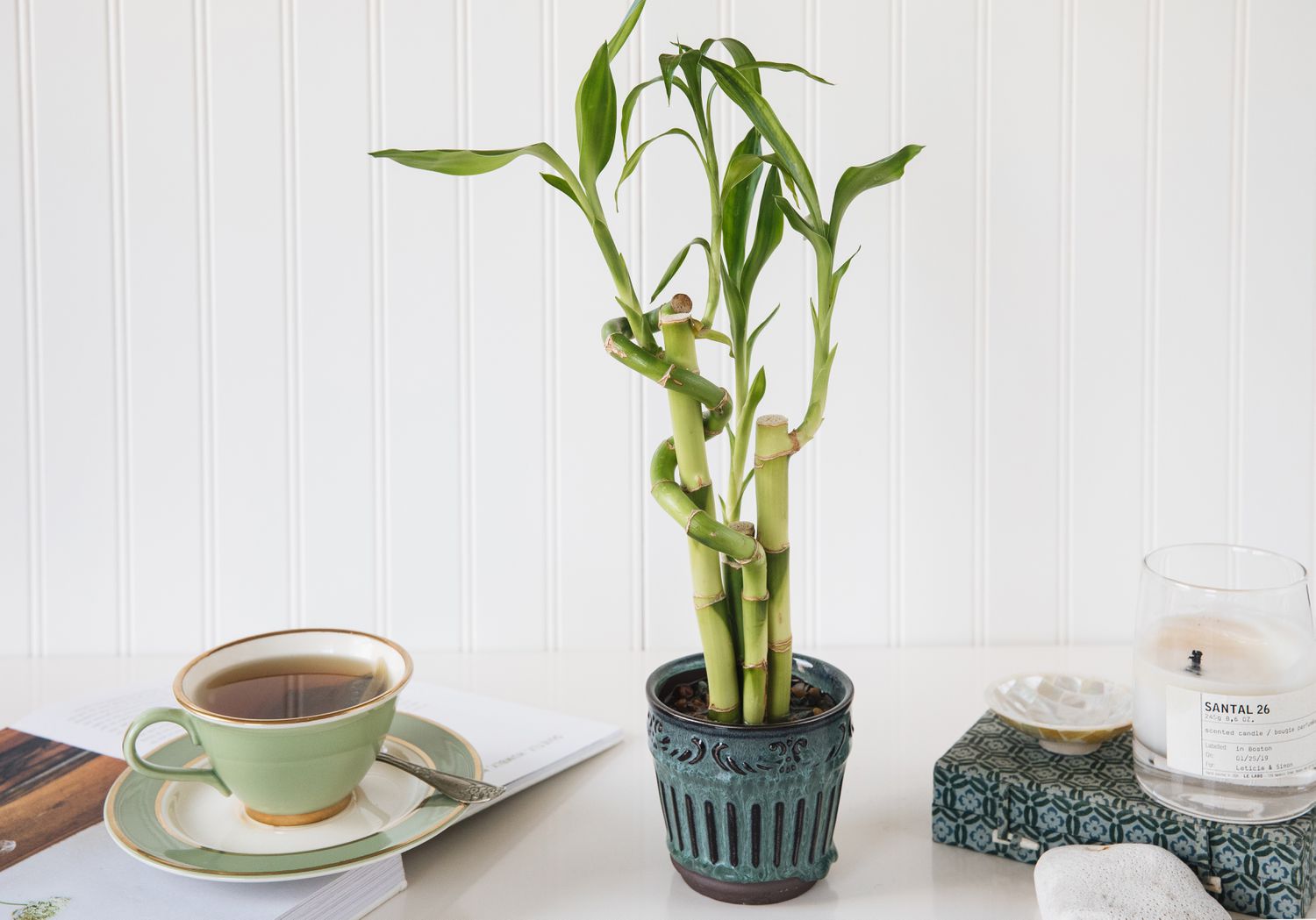
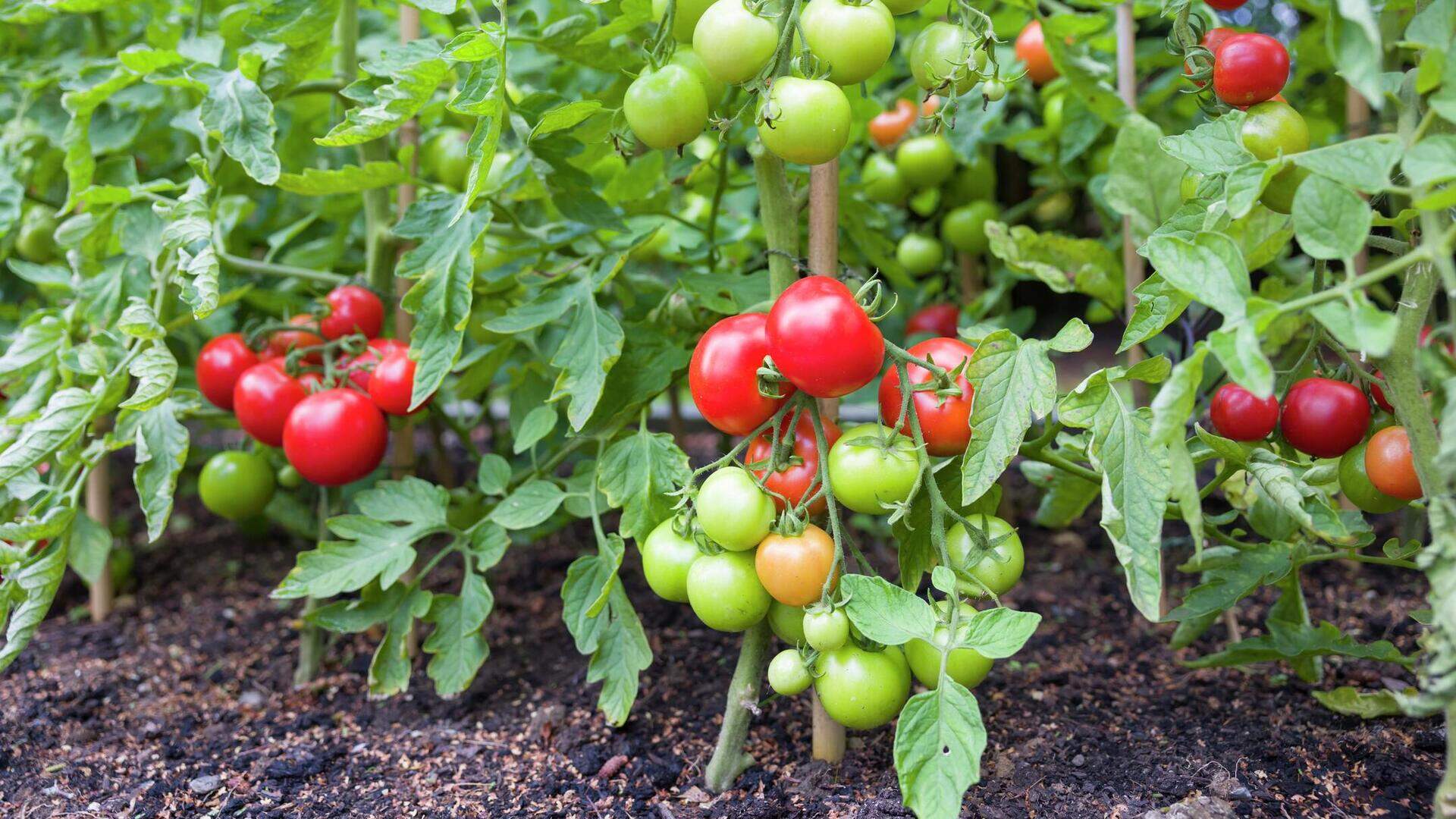
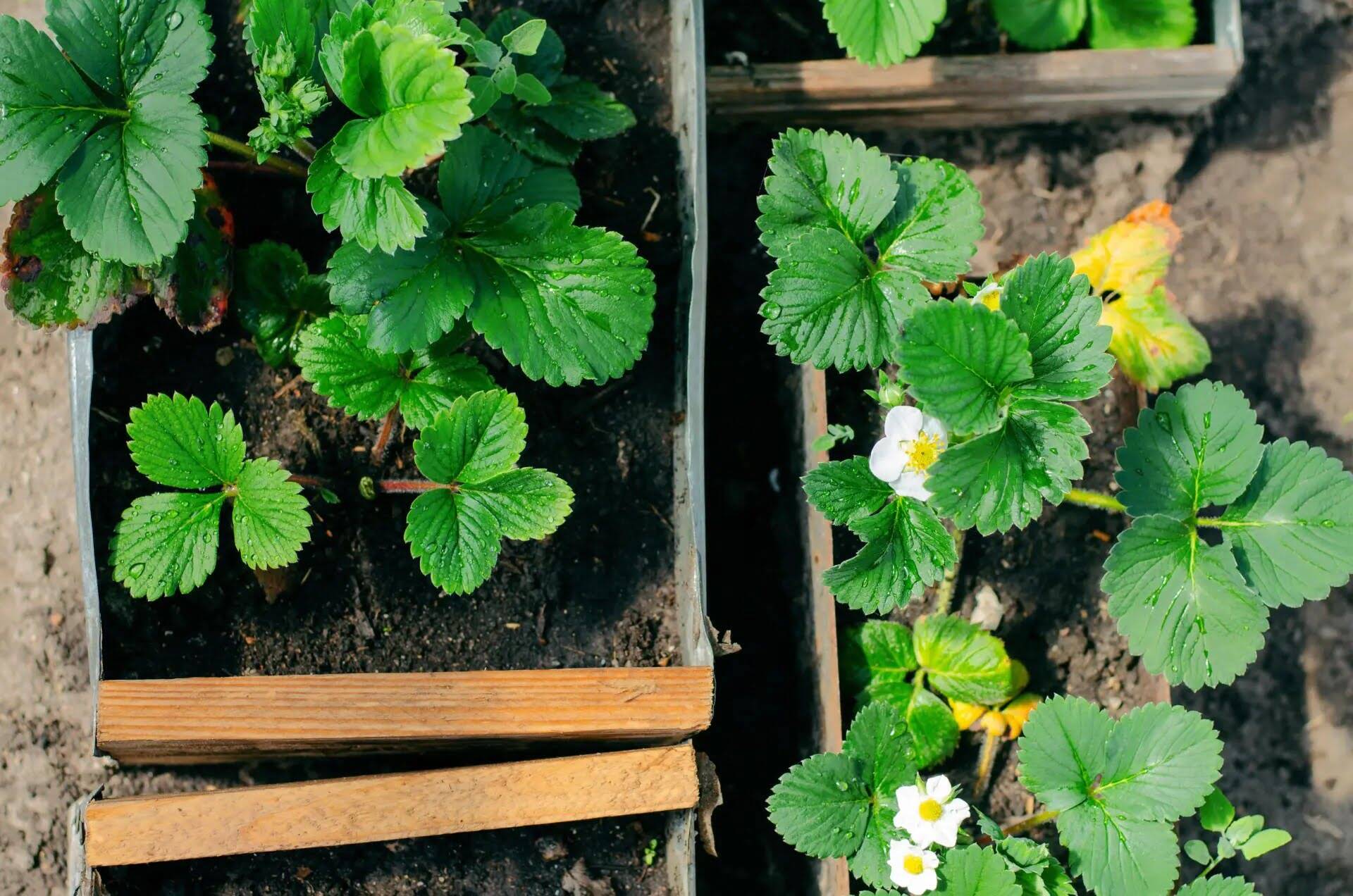
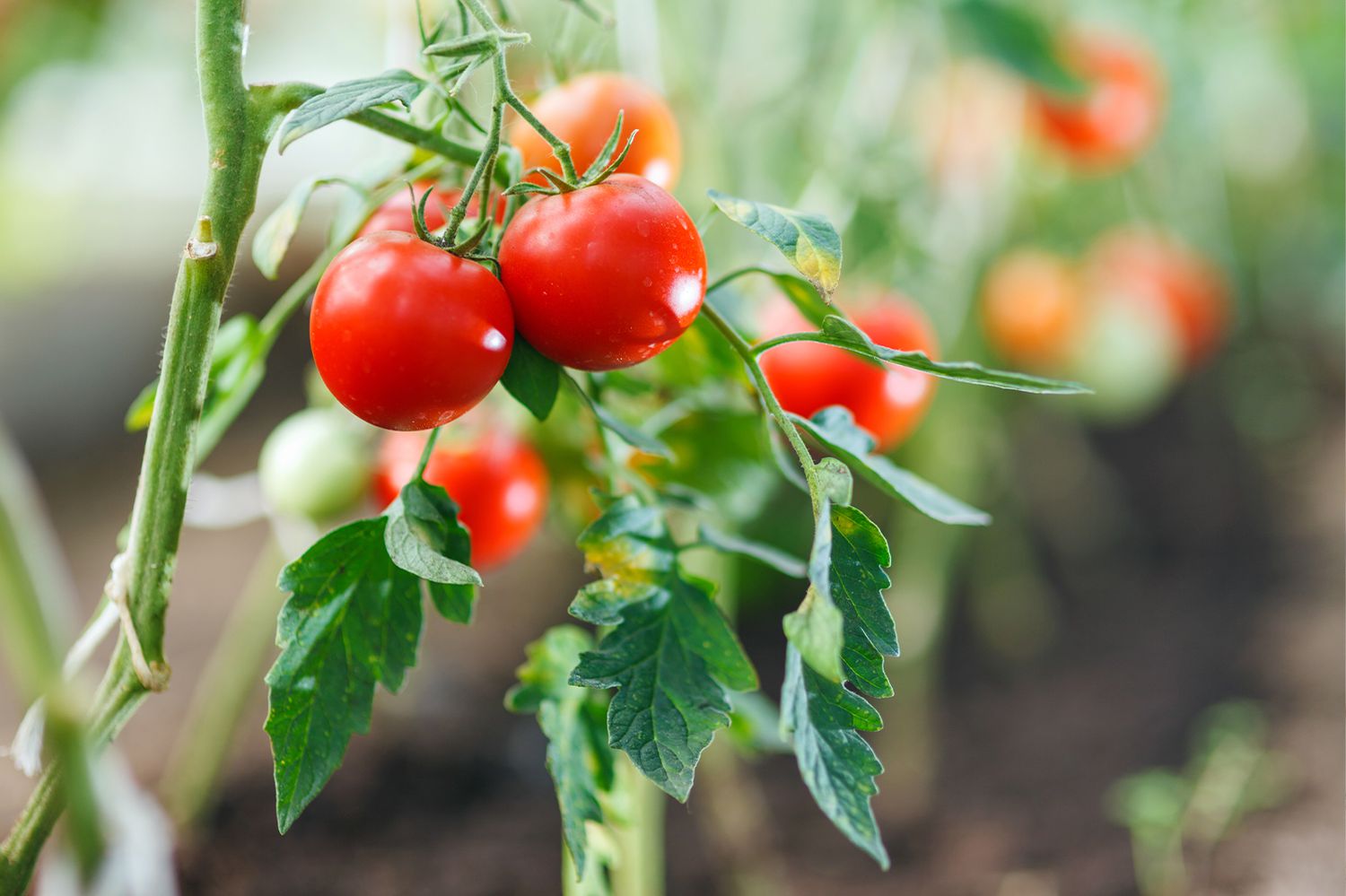
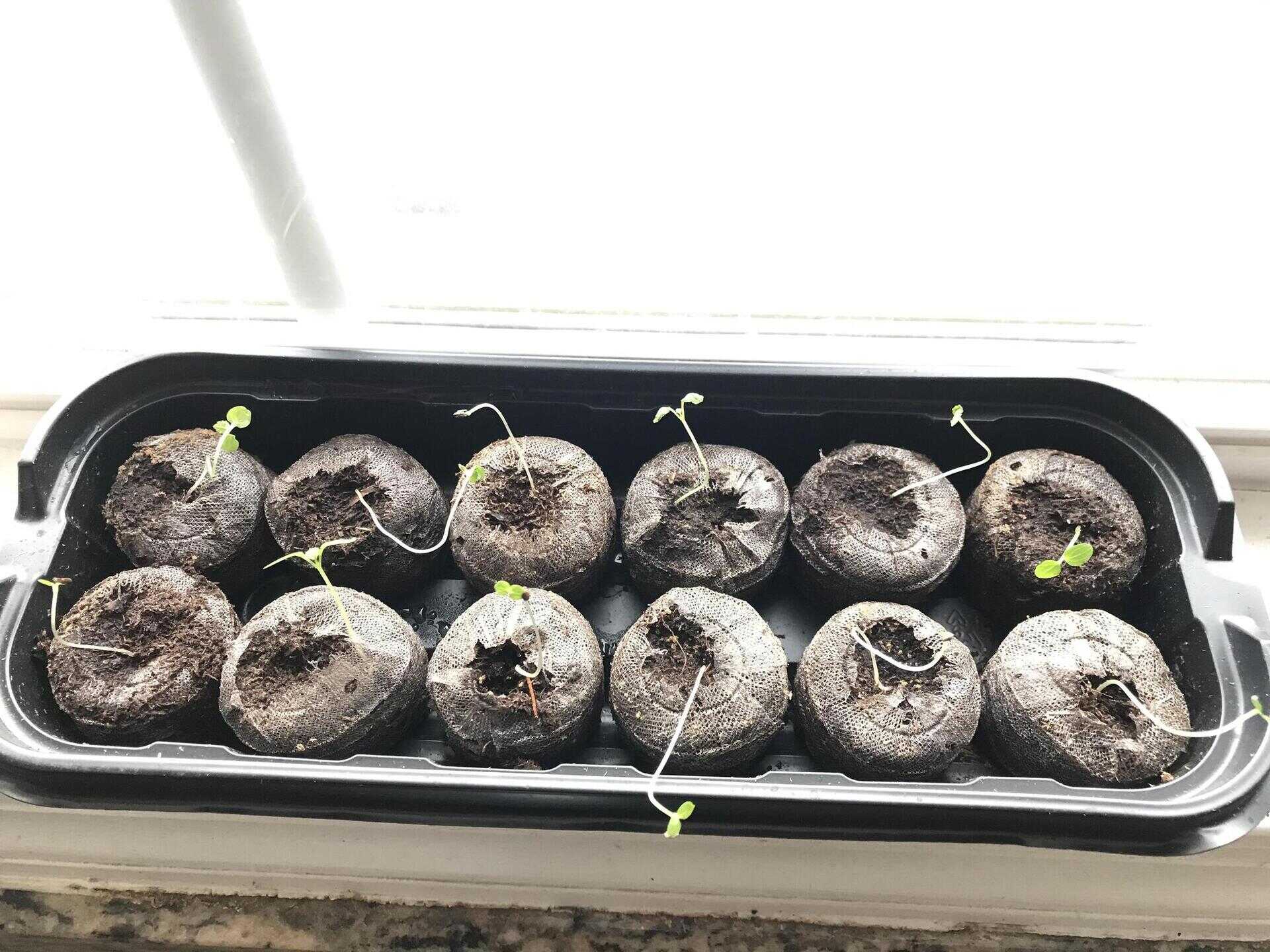
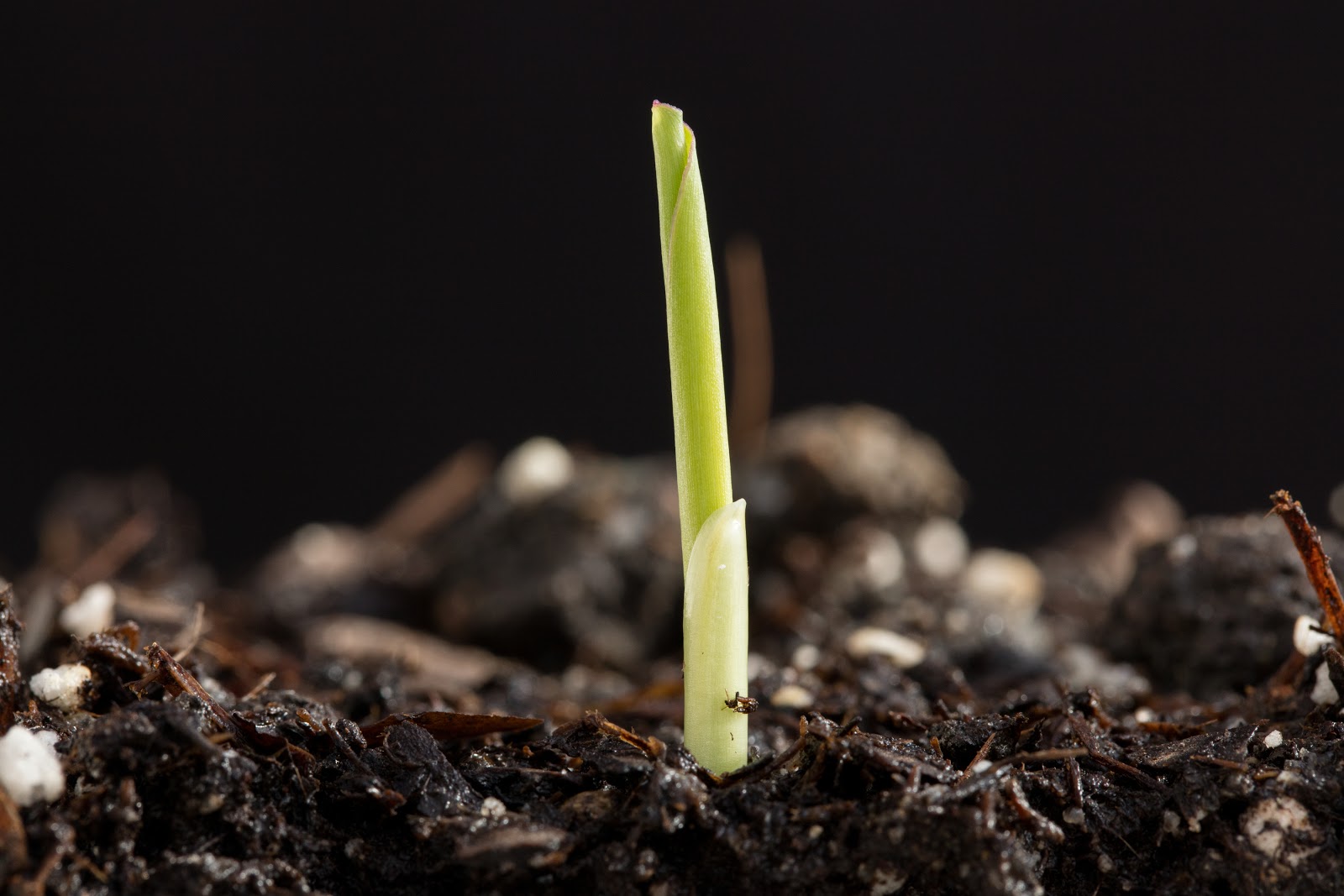
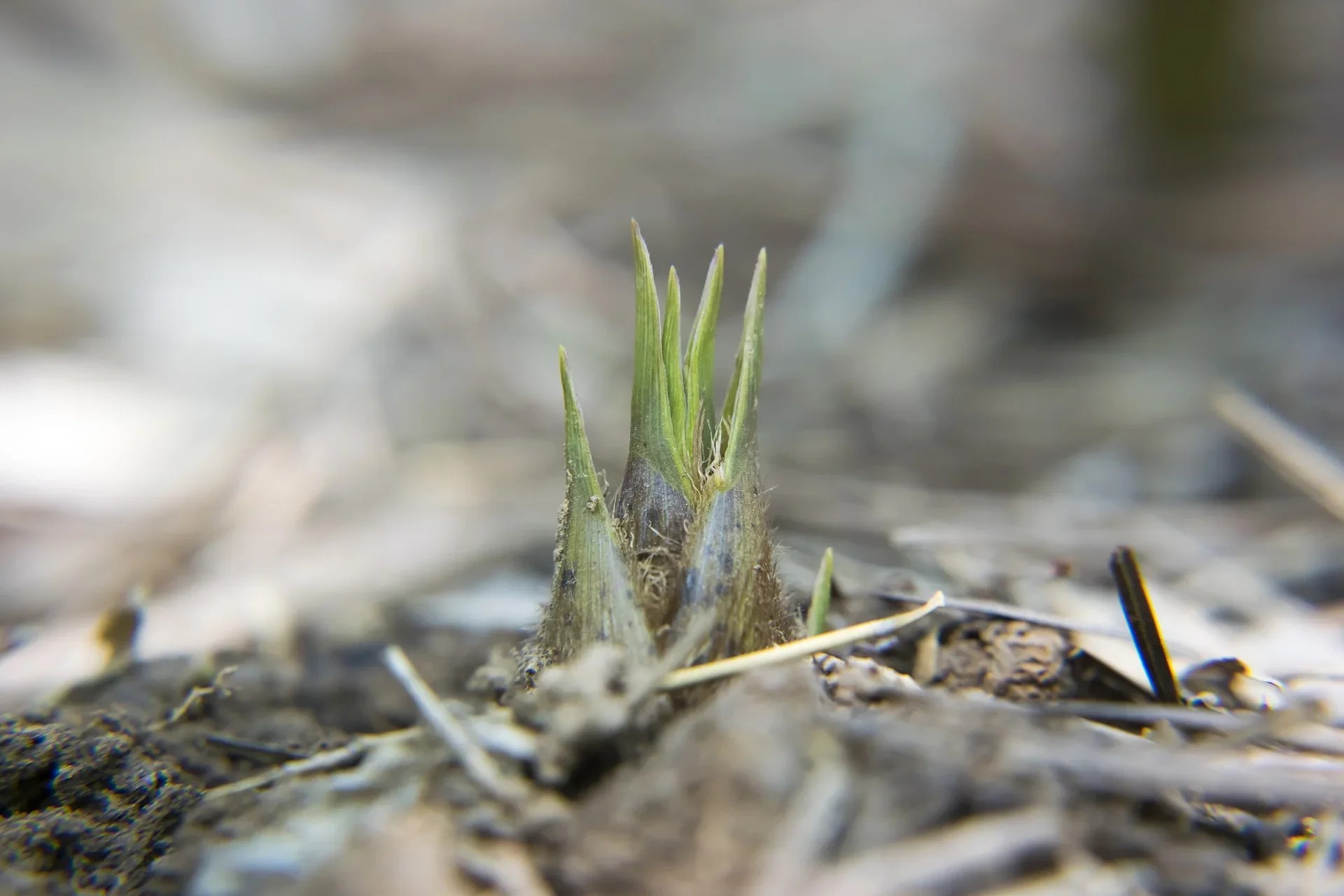

0 thoughts on “How Long Does It Take Sunflower Seeds To Grow”